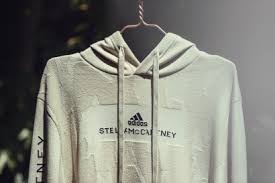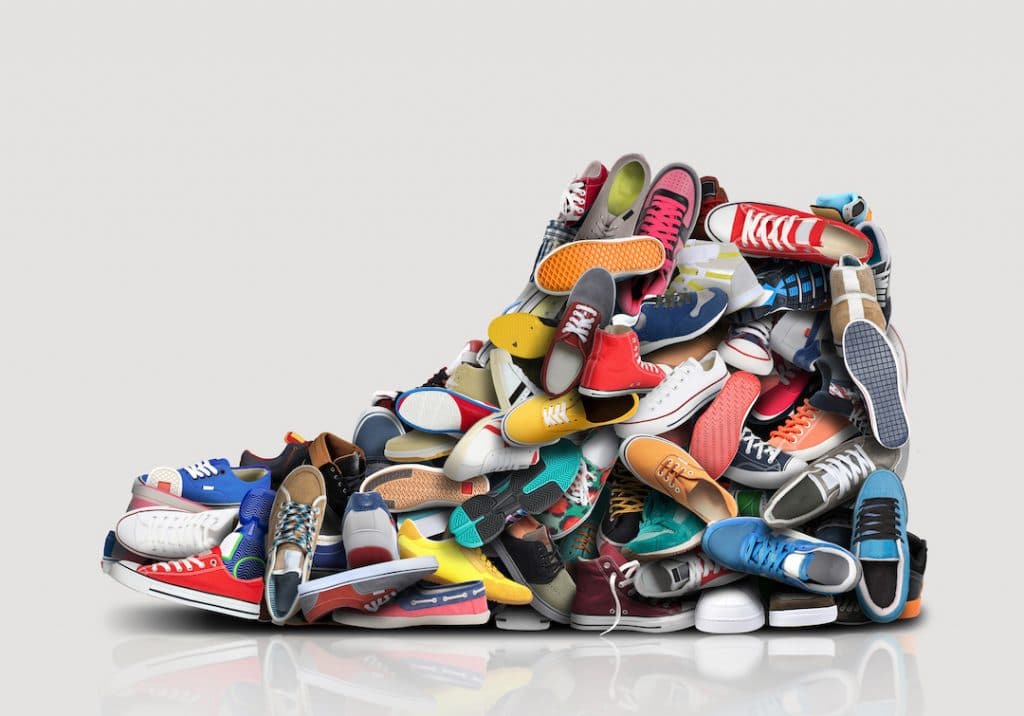31 Mar Sustainability and Fashion: What does the future hold?
Consumer Awareness
Sustainability. A word we are all familiar with in this age of recycling and environmental concerns. It started as a buzzword years ago and is now how consumers shop. Most are demanding sustainable products and processes from the brands they buy. More than half of all buyers will switch brands if the company is not reducing its impact on the environment. This is particularly true for the younger generations. Young consumers are expected to spend $150 billion on sustainable goods by 2021. Consumers continue to eat clean and pay close attention to what they put in their bodies. They are choosing brands that use sustainable methods and materials. For the piece to be truly sustainable, the entire supply chain needs to be using sustainable practices. Consumers are now researching how brands are producing their goods, what goes into the piece and how long it will last. We must think of the piece from the time it is made to the time it will be discarded. Preferred fibers are natural fibers such as cotton, linen and hemp.
Second-Hand Status
Sales of second-hand goods has skyrocketed thanks in part to the sustainability movement. Consignment shops, thrift stores and the newest “renting” stores and sites are seeing tremendous growth and business. Younger generations are especially drawn to this type of shopping. The stigma of buying second-hand items are a thing of the past. Consumers are now embracing this shopping style and companies like Rent the Runway are reaping the rewards. Rental services allow consumers to cycle their wardrobe with minimal expense and the life of the items are extended. The second-hand market is predicted to reach a value of $64 billion by 2028. Consumers are looking at the life cycle of the pieces they buy now. In general, consumers buy 60% more clothes now then in 2000. This leaves consumers with closets full of clothes that are not worn. As brands take notice of the desire from consumers to be sustainable, there is no doubt the trend to make old new again, will continue.
Where to go to buy sustainable products now
Stella McCartney has been a front runner when it comes to sustainability! She is who millennial consumers look to as a leader and ambassador for sustainable practices. Her flagship store in London is designed with recycled and reclaimed materials and has an air filtration system removing 95% of air pollutants and gases. Her business model and lifestyle go hand in hand, which is the message she delivers. Products that match values, this is what brands need to make it in the sustainable market. Young consumers look to celebrities and brands for guidance and as a reflection of their own beliefs. Brands are becoming moral leaders. This is creating a relationship between the consumer and brand based on values and purpose.
Many brands have been making products from recycled ocean plastics. Adidas has been passionate about this with their creation of Run For the Oceans movement which has over 1 million joiners. Levi’s has a new denim collections with hemp and a FW collection with jackets and shirts dyed using water-sipping techniques. The pocket tee is made from recycled jean and cotton scraps from the cutting floor. Timberland continues to plant millions of trees across the world to reach their 50 million tree promise. They also have shoes made from recycled plastic and rubber. Fast fashion is also getting involved. Uniqlo has started using recycled plastic to make clothing and using recycled down for their down jackets. H&M and Zara also have sustainable items. H&M has a recycling program where consumers can drop off items from any brand in a box that will get up-cycled and resold. These are just a few brands making headlines with their sustainable products and initiatives. We can all do our part, recycle, repurpose and donate.





